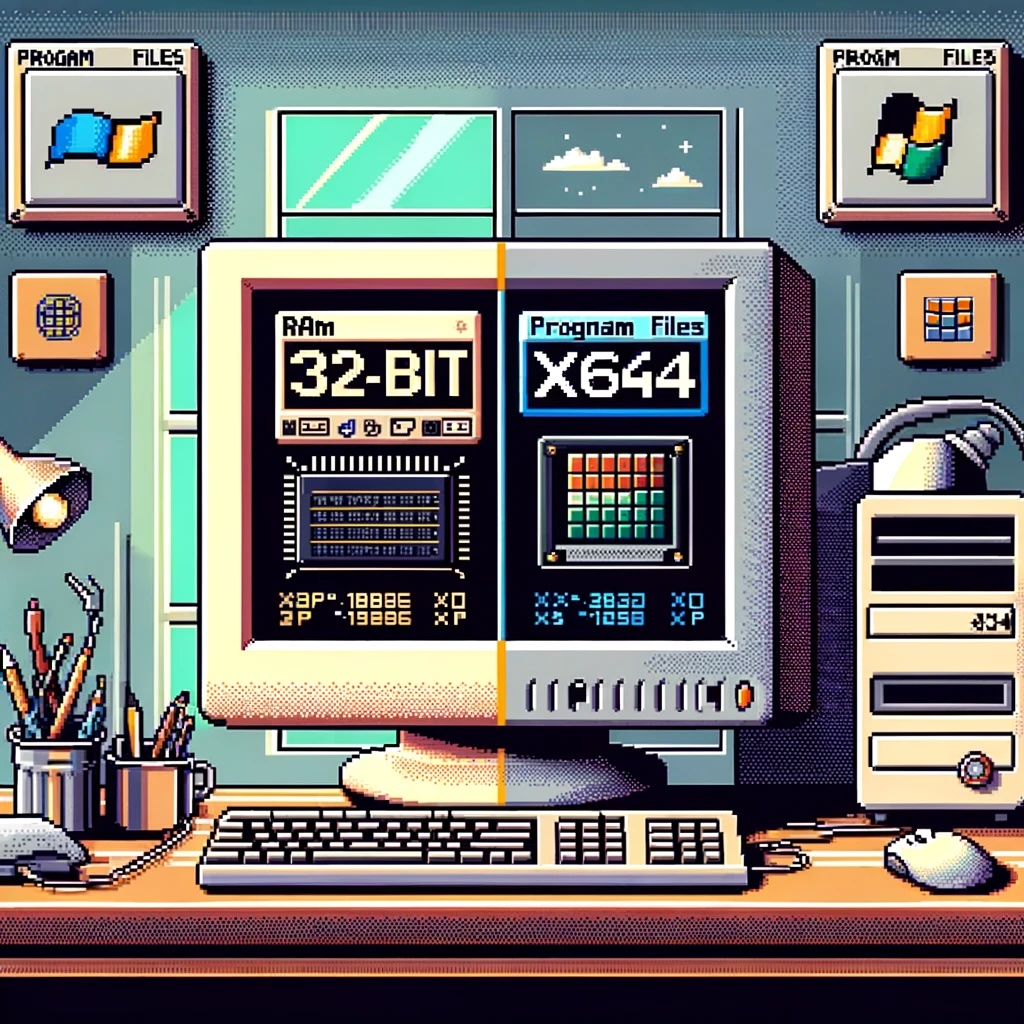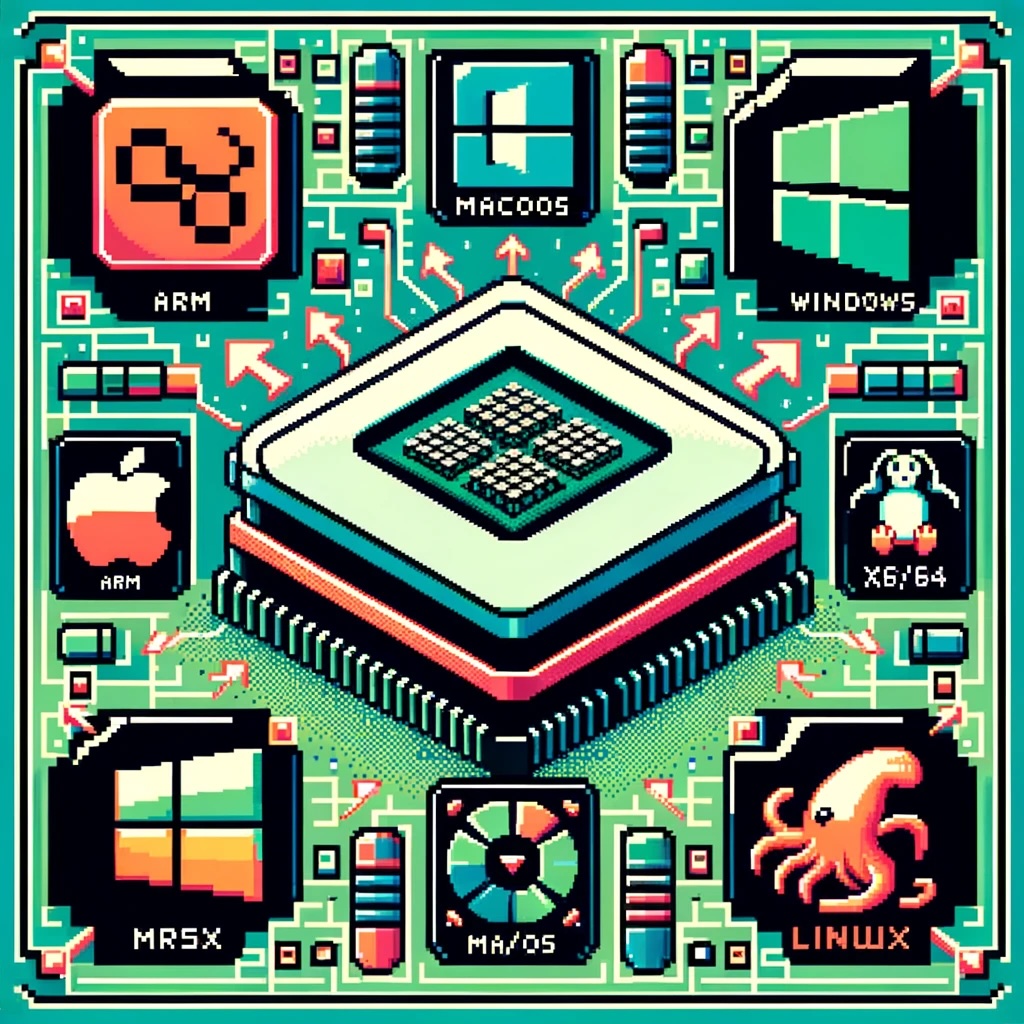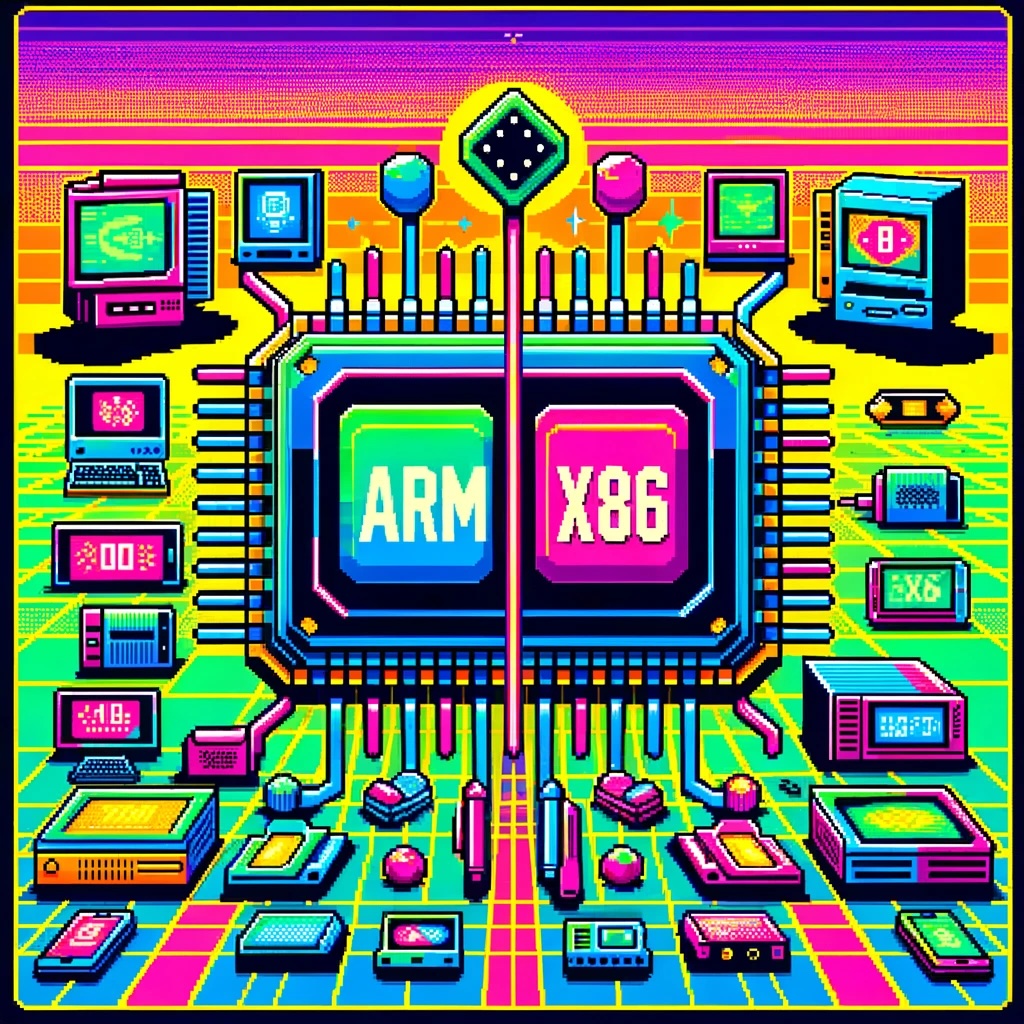
Unlocking the Power of Augmented Data Models: Enhance Analytics and AI Integration for Better Insights
Discover the power of augmented data models, which extend traditional data models by integrating diverse data sources, advanced analytics, AI-driven embeddings, and enhanced data features. These models offer comprehensive insights, improved decision-making, and innovative capabilities, transforming how organizations leverage data for strategic advantage and operational efficiency.

The Transition from x86 to x64 in Windows: A Detailed Overview
he transition from x86 (32-bit) to x64 (64-bit) architecture in Windows marked a significant leap in computing capabilities. Introduced in the early 2000s, this shift allowed for better performance, enhanced security, and the ability to utilize more memory. To manage compatibility, Windows implemented separate directories for 32-bit (Program Files (x86)) and 64-bit (Program Files) applications. This change brought some confusion, particularly regarding program file structures and compatibility issues. Understanding these distinctions is crucial for optimizing system performance and navigating the modern computing landscape effectively.

Understanding CPU Translation Layers: ARM to x86/x64 for Windows, macOS, and Linux
As technology evolves, running software across different CPU architectures has become crucial. CPU translation layers enable ARM-compiled applications to run on x86/x64 platforms seamlessly. Windows uses WOW and x86/x64 emulation, macOS employs Rosetta 2, and Linux leverages QEMU for this purpose. These layers translate instructions dynamically, often using Just-In-Time (JIT) compilation and caching techniques to optimize performance. Developers are encouraged to compile for multiple architectures and thoroughly test their applications. CPU translation layers ensure compatibility and smooth interoperability, bridging the gap between ARM and x86/x64 across Windows, macOS, and Linux.

How ARM, x86, and Itanium Architectures Affect .NET Developers
Understanding how ARM, x86, and Itanium architectures impact .NET development is crucial for optimizing performance and ensuring compatibility. ARM’s energy efficiency benefits mobile devices, while x86 excels in high-performance tasks. Itanium, designed for high-end computing, requires unique optimization strategies. .NET supports various architectures, including x86, ARM, and limited Itanium. Developers must use appropriate NuGet packages—either architecture-agnostic or specific—to maintain performance and compatibility. By leveraging cross-platform capabilities, using the right packages, and thorough testing, developers can create efficient applications for diverse devices. This article explores these architectures’ effects on .NET development, highlighting essential strategies and tools.

Understanding CPU Architectures: ARM vs. x86
Explore the key differences between ARM and x86 CPU architectures. ARM, known for its power efficiency and scalability, dominates mobile and embedded markets. In contrast, x86 excels in high-performance computing for desktops and servers, with a rich software ecosystem. Discover why x86 remains essential for running legacy and specialized software, particularly in high-end gaming and professional applications.

A New Era of Computing: AI-Powered Devices Over Form Factor Innovations
of AI with its Neural Processing Unit (NPU). This shift emphasizes enhancing existing devices with AI over creating new form factors. The Surface’s NPU enables real-time local processing, boosting productivity, personalization, and security by reducing reliance on cloud services. Unlike devices like the Humane Pin and Rabbit AI, which depend heavily on cloud connectivity, the Surface’s local AI processing offers faster and more secure performance. This innovation sets a new standard for future tech advancements.



